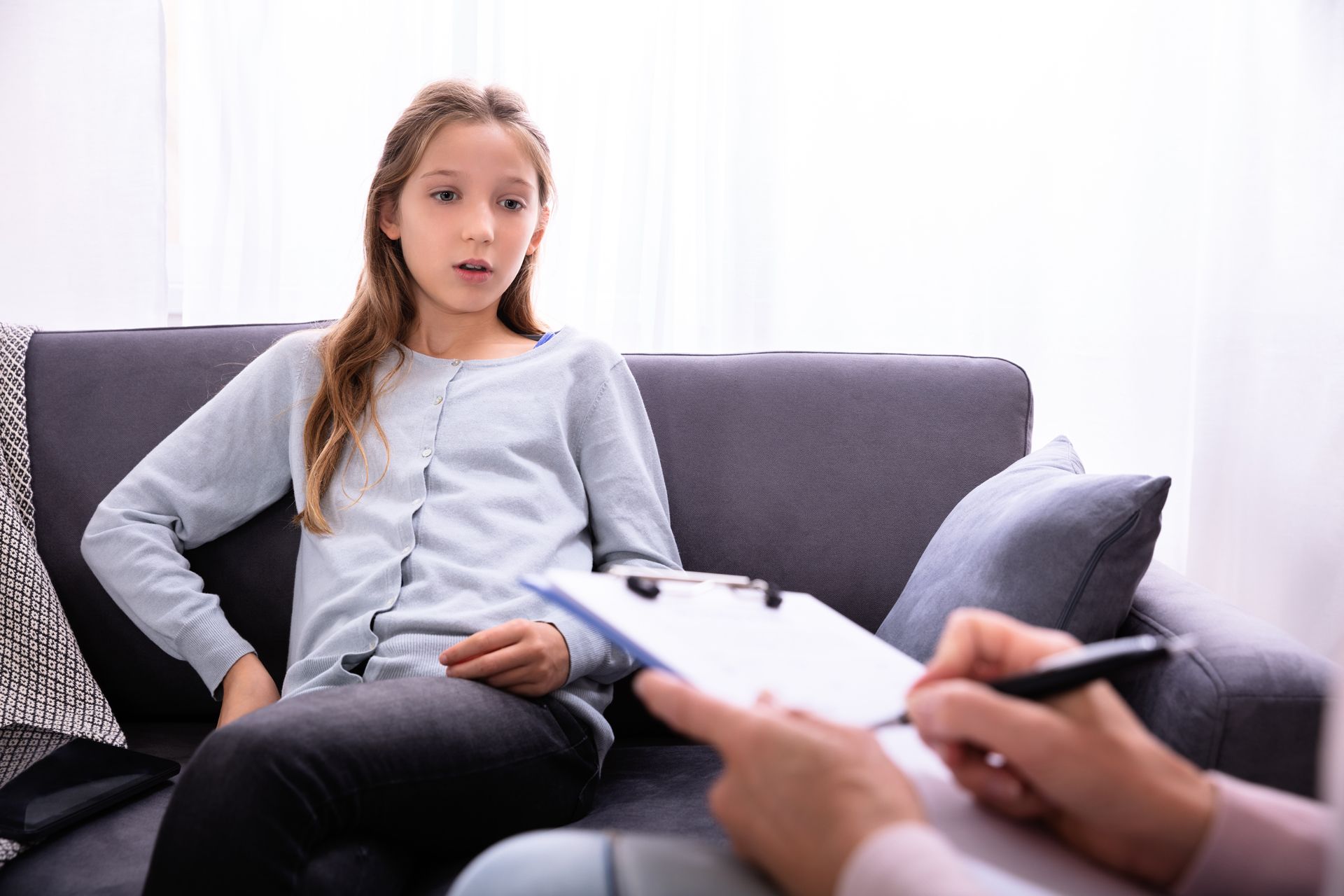Have a Safe and Happy Halloween

As we get closer to Halloween, I wanted to share some tips for Halloween and Trick-or-Treating. If you think about it, Halloween is kind of a strange holiday. We spend all year telling our kids that it’s not safe to take candy from strangers, let alone talk to them and yet, for one night, it’s completely socially appropriate and encouraged! Changes in schedules or expectations for children on the Autism Spectrum can be confusing, stressful, or even scary!
1. Costumes – If you can, buy your child’s costume earlier rather than later. If they have sensory sensitivities, be mindful how the costume may work best. It may be helpful to ask these questions.
- Do they like snug fitting clothes? If not, get a bigger size or choose a costume that is roomier like a onesie.
- Can they tolerate different types of fabric? A lot of costumes are not made to be comfortable, and they include a lot of different types of fabrics. Some can be irritating to the skin for a neurotypical child and may set a child with sensory sensitivities’ world on fire.
- How do they respond when they are asked to wear something different than their normal clothing? Consider if the costume comes with attached slippers and your child follows the rules of having to wear shoes outside. Even though you say it’s okay for this one time, their routine is disrupted, and this can be challenging for a child with Autism. Do they have a favorite shirt? Make sure costume is big enough for the shirt to stay on underneath, if needed.
- Do they need to practice wearing it? Is it something they need to slowly desensitize to? The worst thing is to pick a costume for your child at the last minute because you know they’ll look absolutely adorable in it, spend a ton of money on it (let’s be honest costumes are way too expensive for a one-time wear!), and then not be able to get your child to even put it on.

2. Trick-or-Treating – Set expectations before you go. For example: “We are going to walk down the street on one side and then come home on the other side of the street.” Or “We go up to the house and say ‘Trick-or-treat’.” Or “You need to walk next to me with a safe body or else we have to go home.” Or “We are going to go to 10 houses and then go back home.” Or “First we will get candy, then we will eat it at home!” or “Only take one piece of candy at each house!”
Be very clear and concise about what expectations you have and practice before you go out, if you can. You can pretend with a playhouse if you have one in your yard or ask a neighbor you know well to help you practice. Practice ringing the doorbell and waiting. Practice vocally saying, approximating, using a picture, or using an AAC device to say, “Trick-or-treat.” Practice how many pieces of candy to take when presented with a full bowl. Practice vocally saying, approximating, using a picture, or using an AAC device to say, “Thank you.”
Trick-or-Treating can also be chaotic. Kids are running from one house to the next. Big groups of people are walking around together. Some people are walking around in scary costumes or have scary decorations in front of their house. It can get loud and it gets VERY dark. Overall, the more you plan, the better, but it’s not possible to plan for every situation. Consider if you need to take anything with you to help your child or when the best time is to go. For example:
- headphones for sound,
- an AAC device, if they have one, with “trick-or-treat” programmed in ahead of time and they know how to navigate to it,
- a wagon if they fatigue easily or may be a flight risk,
- a picture schedule if that helps them daily, especially when changes to the routine occur,
- a calming object for them to concentrate on if it’s too overwhelming, etc.

3. Have fun! – It’s a holiday, and even though it’s a little strange, it’s supposed to be fun! Follow your child’s lead. If the costume isn’t right, can they dress in their PJs or an orange shirt? If they’re done after one house and they did a great job, can they ask to go home? If they are scared to go up to a house, can you walk up with them and prompt them through it? If they are showing you or telling you they are anxious or do not want to go trick-or-treating, do they have to go just because everyone else is?



